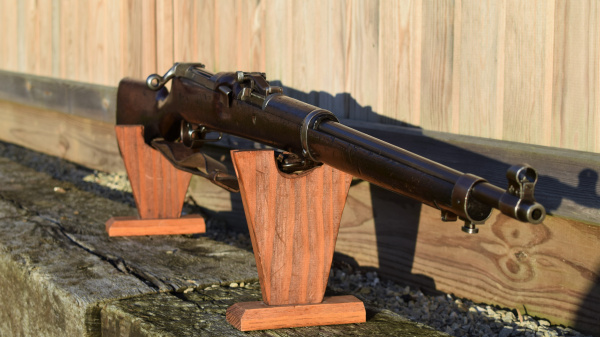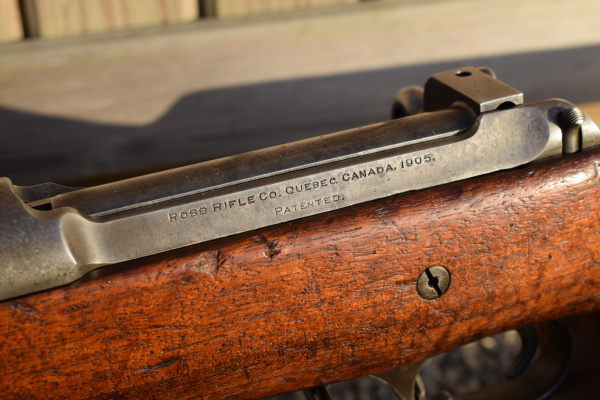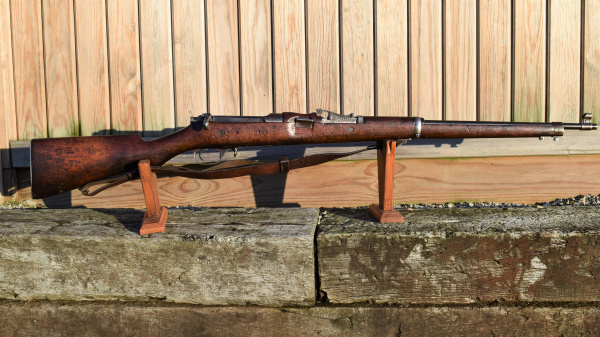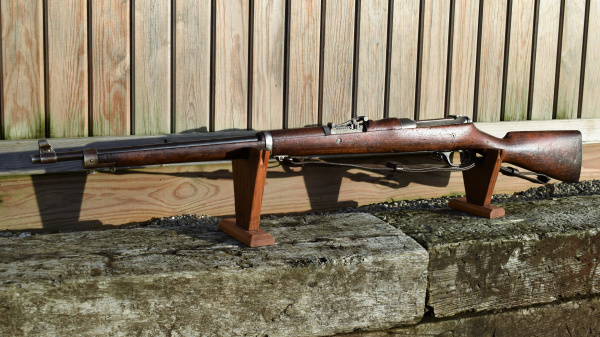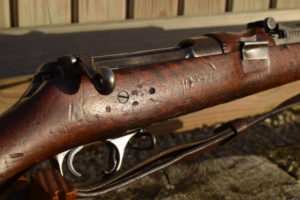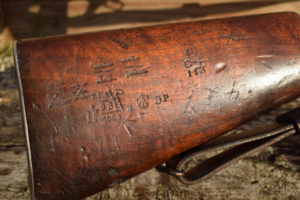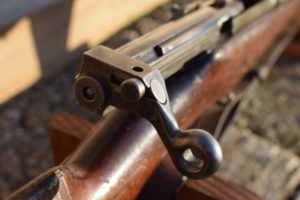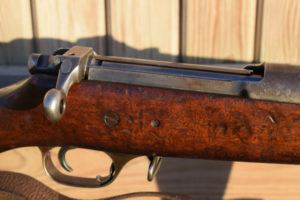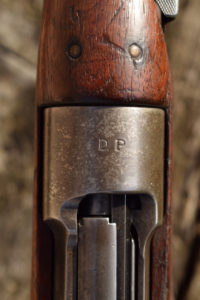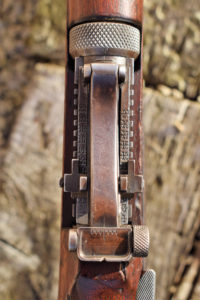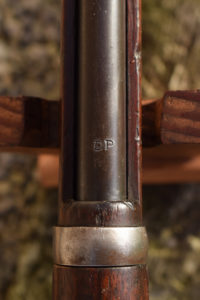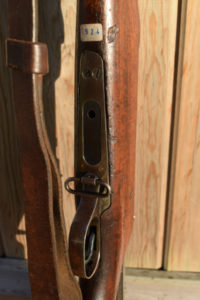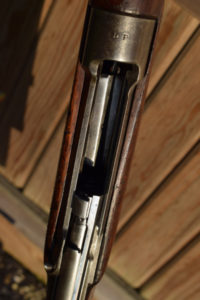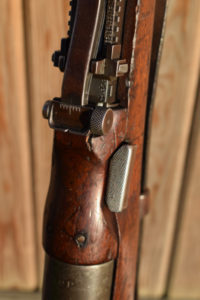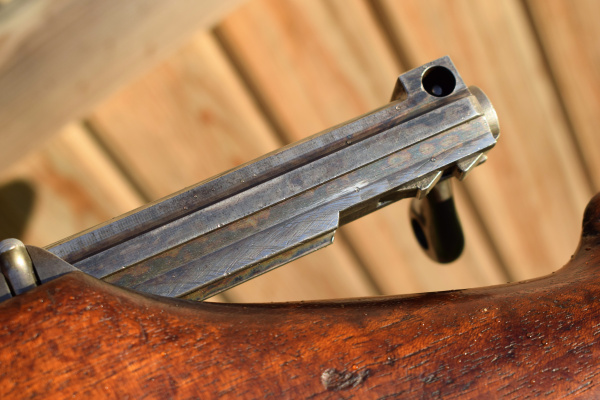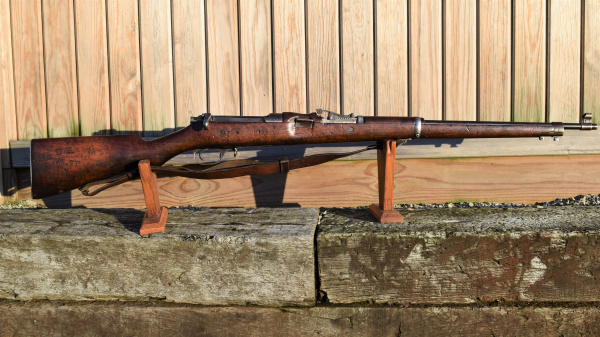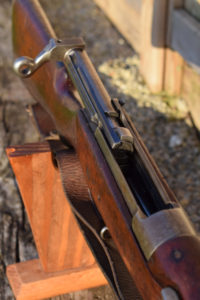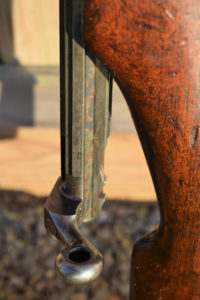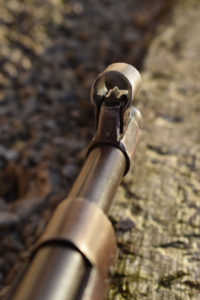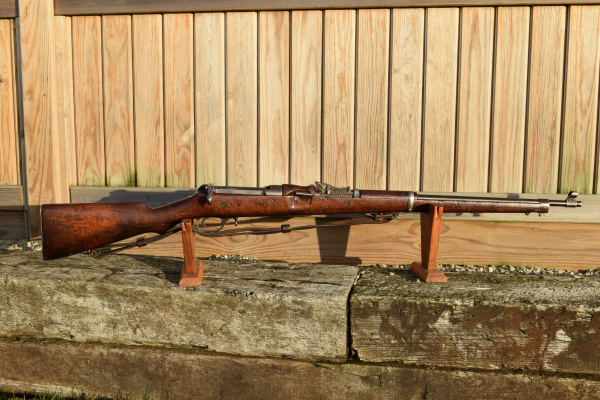Canadian Ross Model 1905 Mk II*….. (F 924) SOLD
Created on October 5th 2021
Extremely Rare and Fine condition Ross Model 1905 Mk II* Rifle
A highly rare and fine example of the superbly complicated M1905 Mk II* Ross. The model 1905 itself had a very short service life and before too long was practically obsolete. The Model 1905 had been superseded long before the First World War broke out and many had been demoted to drill purpose rifles. This is one such rifle. As a functioning weapon, there is nothing amiss with this example. However through a set of fortuitous circumstances, mainly in the form of the arrival and development of the M10 Ross and the SMLE the M1905 got pushed aside. It was then spared the horrors of the World War One battlefields. By “functioning”, we are talking about a weapon which is still able to perform on the range; not a weapon which would survive the trenches. This rifle has too many intricate working parts to do battle with the mud of Flanders, let alone the Gew 98!
The Achilles heel of this design was the complicated and small parts involved in the straight-pull bolt and the magazine systems. They were prone to failure in the harsh conditions that “modern” warfare had in store for them and this was spotted fairly early on as multiple modifications were testament to. These alterations led to the rifle being known at one point as the Mk II ***** . However, the rifle served perfectly well for the second or even third line duties it was assigned, before the major war had even began. It is for this reason, that such an early and interesting weapon has survived. The fact that it has “D.P.” stamped upon the receiver, barrel and stock does not effect the fact that it still functions perfectly well. It has just passed the rigours of proof in the UK. In effect what we have here is a vintage rifle that has skipped the most destructive conflict of its time, where more practical and simple designs were thrown into the melee, only to be either heavily used of destroyed. It by-passed the conflict to survive to this day and is now deemed safe to shoot on an occasional basis. It was not rejected because it was in any way ineffective or defective but, merely not selected because there were better choices available for the troops. Hence in collecting terms we have a Sleeper. That is even more apparent when one inspects the bore as it appears virtually unused.
To detail all the modifications these rifles went through would require a far deeper knowledge of the Ross rifle than I have, so I will purely describe what we have on offer before us. Chambered in .303 with an ingenious internal magazine which would hold 5 rounds. The rifle is 48″ long in total. The round barrel is 28″ long and the trigger Pull is 13.3/4″ to centre. Fully stocked in a close grained dark walnut with a two piece handguard over the barrel. The last 15″ or so, of the barrel being exposed on the top. The butt stock on the RHS bears witness to multiple changes and postings. There is also the roundel of Quebec with the model designation of “II*” and “936/1906” the former being the serial number. Followed by “M” and the broad arrow within a large “C” and finally “D.P.” There are four similar struck-out markings, the last of which is legible and reads “48/CC/113.” Adjacent to that last marking is a date which once again is struck out but legible; “5/26”. The rifle has a shallow pistol grip type stock and a steel butt-plate with a sliding trap for cleaning equipment (a/f) Overall the stock has a deep pleasing patina to it although the surface does show much evidence of a long life in the military. Twin sling mounting points and a nose-cap which accommodates the bayonet. Fine period leather sling attached.
The action has some similarities to the Mannlicher type straight pull mechanism. Single solid piece bolt body with case-colour hardened finish, still evident. The bolt head rotates upon movement, having twin locking lugs which lock into the receiver. The rotation upon retraction of the bolt aids with primary extraction and the case is gripped by the extractor and ejected. The whole process is satisfyingly smooth. There is a safety catch mounted within the 90 degree handle and a simple bolt release catch to the rear LHS of the receiver slide. Strong nitra-blue to the ejector spring. Receiver crest marked clearly “D.P.”. The outer wall of the action is marked with the makers details;- “ROSS RIFLE CO. QUEBEC CANADA. 1905 / PATENTED”. The receiver is generally grey flaking to silver in colour. The barrel plumb brown where exposed.
Moving forward towards the muzzle from the action on the RHS of the stock is the magazine depressor. This was an ingenious device that allowed the bullets to be practically dropped into the magazine upon loading so, nullifying the need for clip loading. It held the follower down and once the rounds were inside the rifle, the user would release the lever, so re-applying the spring pressure. The follower would then rise under spring pressure, so presenting the rounds with an upward force for loading. However, this all relied on multiple moving parts and springs doing their job correctly. The upper surface of the depressor lever is cross hatched to allow purchase and improve grip.
The rear sight installed on this mark also deserves some attention as it is equally superb in design if not in practical functionality. At first glance it most resembles the Lange Visier of the Gew 98 but look closely – its far more complicated! The main feature is the curved ramp but it has other tricks up its sleeve. It is also equipped with finely adjustable windage, by a knurled wheel on the RHS. The scale is graduated upon the upward facing flat from 100 to 2200 yards. There is further fine adjustment by a large knurled wheel which will rotate and is graduated all the way around from o to 100. So the 100 yard intervals can then be further dissected to really zero in on the intended target. However, the adjustment is very fine by the turning of the wheel,- the degree of accuracy achievable must be impressive. Inverted “V” front sight upon a ramp, protected by a fixed steel cover.
The trigger guard and base of the magazine also have a third sling swivel mounted to allow further flexibility of use. Smooth trigger with magazine catch within guard. This rifle is a fine piece and would fit well into any serious military rifle collection. Made in Quebec Canada to a very high standard of finish and remaining today as a classic example of over thinking the problem. The bore is very strong with a four groove right hand twist. A rare and interesting find on this side of the world.
Stock No’ F 924
£ 3375. SOLD
Comments Off on Canadian Ross Model 1905 Mk II*….. (F 924) SOLD
